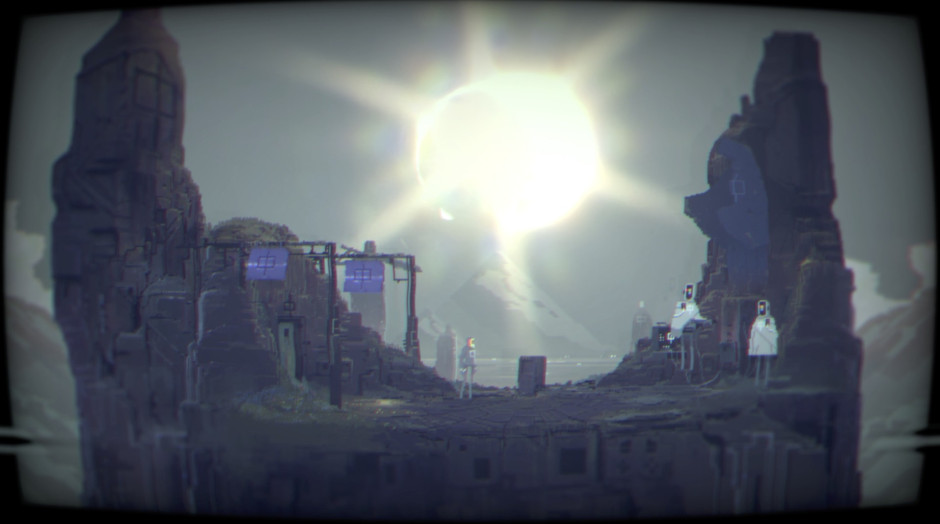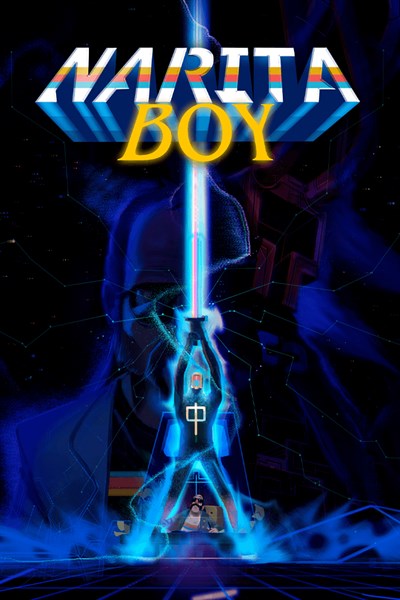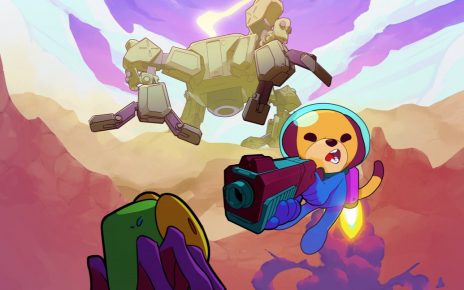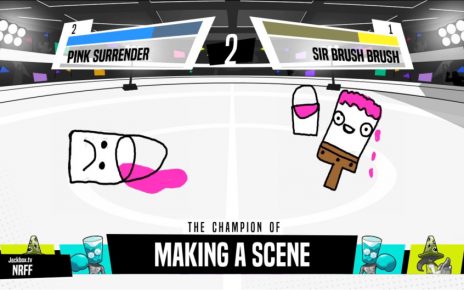When I decided to create Narita Boy, I knew it had to be the game I wanted to play, not the game I thought would please thousands of people. I don’t know them, and they don’t know me. Narita Boy had to be a tribute to my childhood. I realized that my love for retro aesthetics came from the emotional connection I had with arcade games in the late 1980s. I had forgotten plenty of things throughout my life, but the smell of fried food and sounds of the arcade machines stuck with me.
I realized that if I were able to connect with this place in the past where everything was great and there were no problems, I could connect with future players of Narita Boy – past, present, and future. Thus, Narita Boy’s world was born!
The next thing I did was explore the cultural references of my younghood and understand what my connection was to each – for example, He-man and how the sword transforms an ordinary man into a mighty hero. Okay, a legendary sword, noted. Another example, “The Last Starfighter,” where a boy that used to live in a van is recruited by aliens due to his abilities as a gamer. Another note, the ability to play a video game. An extraordinary element could completely change the life of an ordinary man and this was a common feature in my cultural references. While looking at all these elements, I was creating the foundations of Narita Boy.
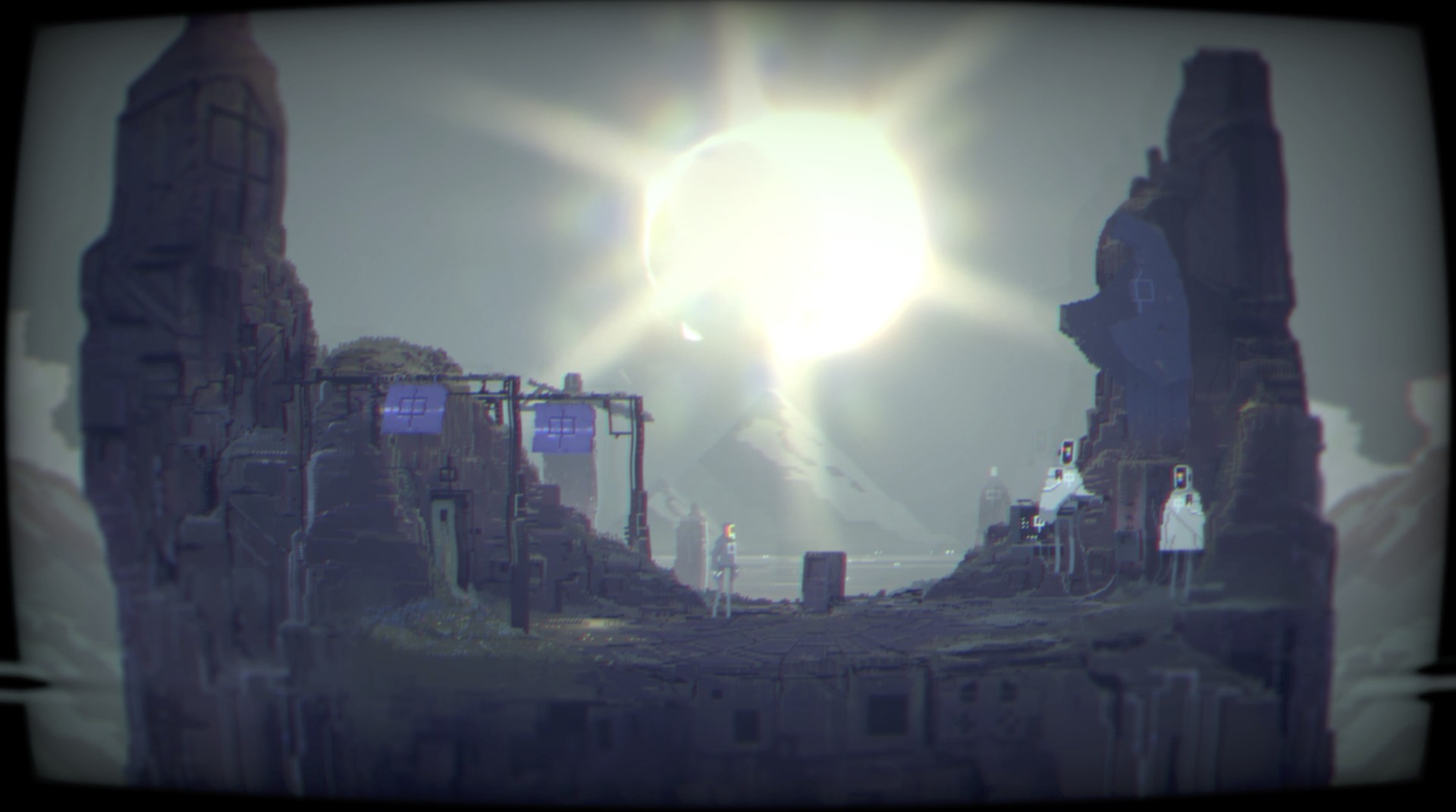
And the aesthetics? They were born out of love and necessity. I decided to develop the game in pixel art because I love pixel art, and it helps that it’s simpler and faster to create a background in 521×293 pixels rather than in HD. Moreover, the ‘80s and ‘90s were the golden age of pixel art, so what I liked and what was best in terms of production and aesthetics converged.
Besides pixel art, the game needed its own aesthetics, which for me needs to play a role in explaining the story. Then I thought, I like several gaming franchises like Sword and Sorcery and retro aesthetics, so these are references I could mash up. So, I decided that my game had to be autoreferential – it finds the sense of the aesthetics by its own means.
Then I decided that my hero needed an all-powerful sword, and I don’t know why but I drew it in three colors – the three primary colors. What if these three colors were the vital force of the planet? There would be three different races and I could design three maps with a predominant color in each of them. I discovered that I could use my passion for color and color theory to structure my story, and thus an accidental decision was a key factor in creating the universe of the game.

Now that I had the three colors and races, I asked myself, what exactly is the Digital Kingdom? After thinking about it, I understood the Digital Kingdom as a land within a computer (thanks, “Tron!”). The computer is a rectangle, so these proportions in-game would make the Digital Kingdom an expression of Narita One, the computer creating this world. With this premise, all the scenarios and characters flourished, and everything was consistent and robust.
There is a more subtle layer though. What I have explained is the formal aesthetic, what you can see, but I also wanted to create a layer of intangible aesthetic. This is where my love for Japanese aesthetics comes in, and the way nature and architecture coexist. I also remembered the strange feeling that I had when reading a Japanese horror tale, in which the beautiful and the bizarre coexist, not in a tangible way but more like an aftertaste.
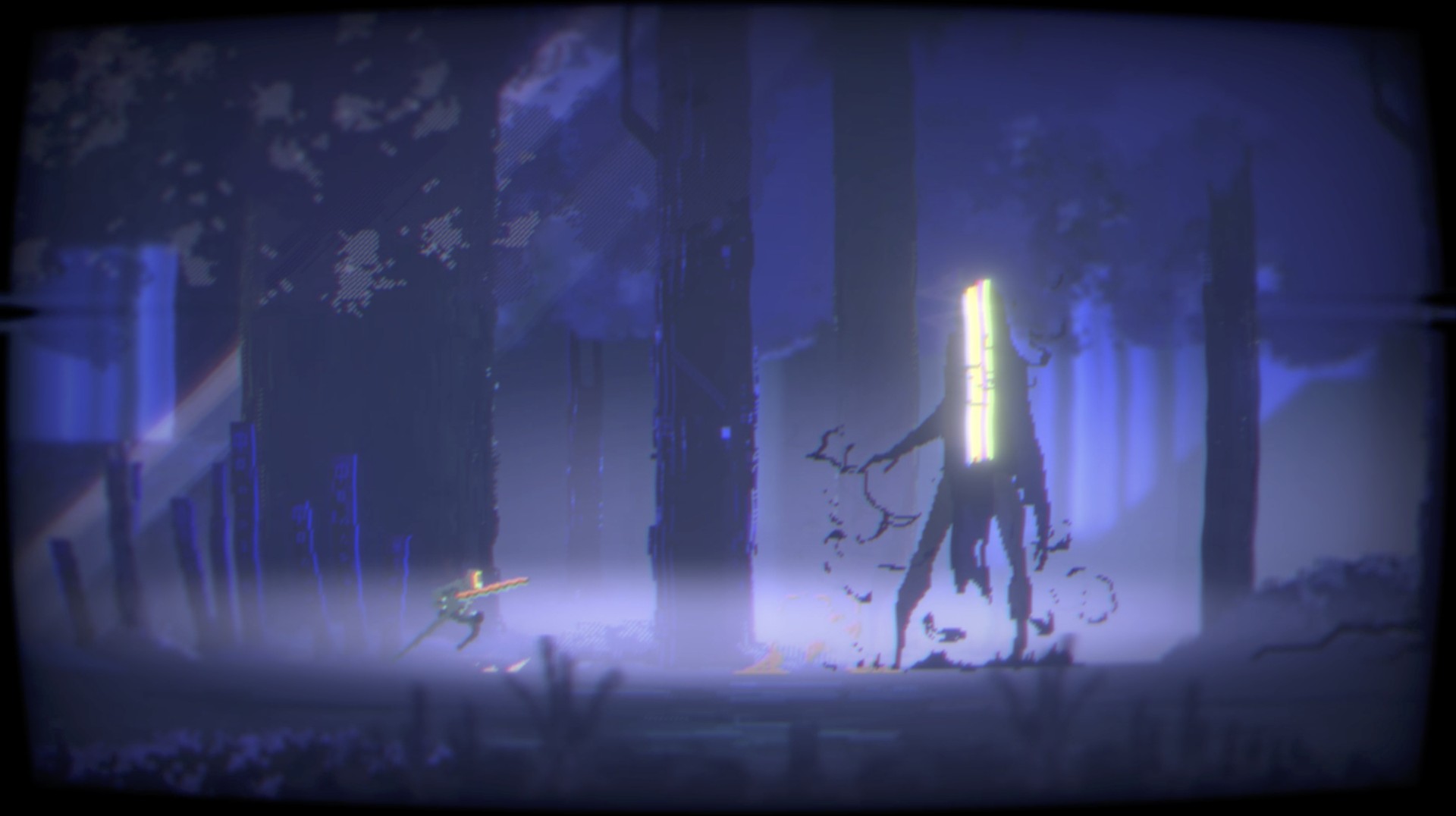
Thinking about this aftertaste, I realized that I needed Narita Boy to be like waking after a fever dream. I wanted the aesthetic to immerse you in the game and last in your memory. For this last challenge I was inspired by some works of art where the strangeness of the aesthetic literally blew my mind. I’m talking about Beyond the Black Rainbow by Panos Cosmatos, some short films of Velasco Broca, the Chrono Crimes of Nacho Vigalondo, and many others. I wanted to create an aesthetic that takes you to uncomfortable places in your subconscious. All these artists leave parts of the story unexplained, enabling your imagination to fill them with your own fears and phobias, and for me it’s essential that a game operates at the emotional level of the player.

Narita Boy
Team17
Related:
Smite Celebrates its 7th Birthday with New Update
El Hijo – A Wild West Tale Available Now
This Week on Xbox: March 26, 2021


